Trees, Shrubs and Woody Vines
Media

Species Types
Scientific Name
Alnus serrulata
Description
Common alder is a good plant to know. The dried female catkins look like tiny pinecones.
Media

Species Types
Scientific Name
Salix spp. (about 12 species in Missouri)
Description
Exotic willows are available at lawn and garden centers, but there are several willow species that are native to Missouri. Most are rather humble colonizers of gravel bars, riverbanks, and lakesides. Many are important for human economic interests. All have a place in our wild ecosystems.
Media

Species Types
Scientific Name
Betula nigra
Description
River birch is a native tree easily identified by its reddish, papery, peeling bark. It is used extensively in landscaping, where many-stemmed groupings are planted in moist places in yards and along streams and ponds.
Media
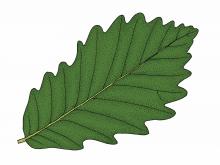
Species Types
Scientific Name
Quercus michauxii
Description
Swamp chestnut oak grows in Missouri's Bootheel swamps. The leaves look something like those of true chestnut trees.
Media

Species Types
Scientific Name
Salix nigra
Description
In some parts of our nation, black willow is only a shrub, but in Missouri it grows quite large. The largest and most widely known of our native willows, black willow is the only member of its family that reaches commercial size.
Media
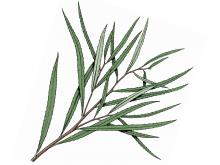
Species Types
Scientific Name
Salix interior (formerly S. exigua)
Description
Identify sandbar willow by its very narrow leaves with widely spaced, slender teeth along the margins. This is a good soil binder and bank stabilizer; it prevents washing and erosion of alluvial soil.
Media
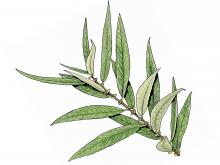
Species Types
Scientific Name
Salix caroliniana
Description
Ward's willow, or Carolina willow, is one of the first woody species to occupy the outer edges of gravel bars in a stream. Common in the Ozarks, it occurs nearly statewide.
Media
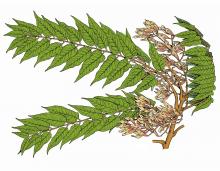
Species Types
Scientific Name
Ailanthus altissima
Description
Tree-of-heaven is a fast-growing exotic that is common in urban areas. It is weedy and aggressive and should not be planted. It has 2-foot-long feather-compound leaves. Twigs smell unpleasant when you break them.
Media

Species Types
Scientific Name
Fagus grandifolia
Description
Limited in our state to well-drained, sandy soils in southeast Missouri, American beech is an impressive tree that has provided Americans with wood for a variety of uses, from furniture to toys to fuel to beer barrels!
Media
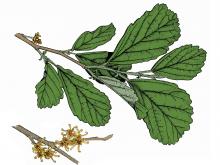
Species Types
Scientific Name
Hamamelis vernalis
Description
Ozark witch-hazel is a large native shrub that grows along dry, rocky streambeds in southern and east-central Missouri. The yellow, ribbonlike flowers bloom as early as January. In the fall, the seeds are ejected forcefully, to a distance of up to 30 feet!
See Also
About Trees, Shrubs and Woody Vines in Missouri
There are no sharp dividing lines between trees, shrubs, and woody vines, or even between woody and nonwoody plants. “Wood” is a type of tissue made of cellulose and lignin that many plants develop as they mature — whether they are “woody” or not. Trees are woody plants over 13 feet tall with a single trunk. Shrubs are less than 13 feet tall, with multiple stems. Vines require support or else sprawl over the ground.





















